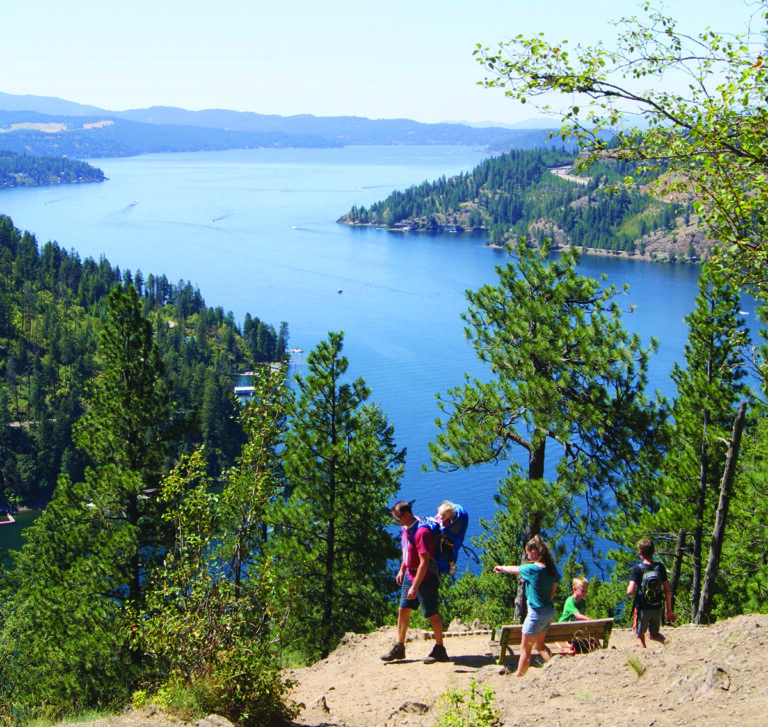Last summer, Lake Coeur d’Alene was the setting of fatal boating accidents, and every summer, unfortunately, there are too many drowning deaths on regional lakes. Whether you’re wakeboarding, water skiing, cruising in a motorboat, kayaking, canoeing, paddleboarding or swimming, play it safe by always looking for other boaters, paddlers, and swimmers in the water; keeping speed down to a safe level if you’re in a motorboat; and following safety guidelines, precautions, and laws for the lake and state or province where you’re boating or paddling. And never operate a motorized boat or paddle craft while under the influence of alcohol or drugs (including marijuana). Enjoy your favorite lakes and water sports this summer and use these tips and resources (and common sense) to help make it a safe boating and paddling season for everyone out on the water.
Paddling Safety Tips
- Always wear a properly-fitted, Coast Guard-certified personal floatation device (PFD) that has a whistle attached, which can be used in case of emergency to call for help. Wear a bright-colored hat and shirt under your PFD in order to be better seen by motorboats.
- Check the weather and wind forecast. Avoid going out on windy days, as the wind creates waves and the wind itself can make it extremely difficult to return to your take-out point, dock, or boat launch, especially on larger lakes or those long in length. Small regional lakes, especially those that prohibit motorized boat traffic, are better for paddling when there is a chance of moderate to high winds, such as Medical Lake and Fish Lake.
- Paddle with a partner whenever possible; if you must go out alone, be sure to tell someone your paddling location, route, and projected return time.
- Stay close to shore when there is a lot of boat traffic.
- Be prepared and know what to do should you capsize. Dress appropriately for the weather and water temperature. Many Northwest lakes can have temperatures less than 60 degrees, meaning even on hot days capsizing can lead to hypothermia.
- Approach waves at a slight angle, with your watercraft’s bow towards the oncoming waves.
- If it seems that a motorboat has a trajectory that is coming towards you, raise your paddle high and wave it back and forth to get the boat driver’s attention.
- Never paddle while under the influence of alcohol or drugs.
- Keep your cell phone in a dry bag – even double-bagging it in a Ziploc bag can work to keep it dry should you capsize.
Safety Tips for Motorboats
- When you are on the water in a motorboat, the bigger and faster your boat is, the more responsibility you have to pay attention to other boats, paddlers, and swimmers out on the water around you.
- Watch your speed. The faster you’re cruising, the less time you will have to react to other craft in your path.
- The captain of the boat must remain focused on driving safely, but it’s also a good idea to designate another spotter on the boat to help keep a lookout for potentially dangerous situations in the water.
- Make sure your boat has all of the proper lights working and safety gear accessible.
- Keep an eye on the weather. Hot summer days can turn in the blink of an eye into wicked thunderstorms with dangerous winds, cold temperatures, and lightning.
- If you’re new to driving a motorboat, whether it’s a small fishing boat or high-powered ski boat, consider going out on the water with someone who has more experience that you can learn from first.
- Make sure everyone on the boat has a PFD
- The driver and spotter should always avoid alcohol and drugs.
- Make good use of existing resources for boating laws, regulations, and license certification requirements depending on what state or province you’re boating in. //












